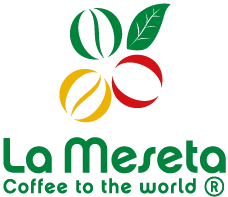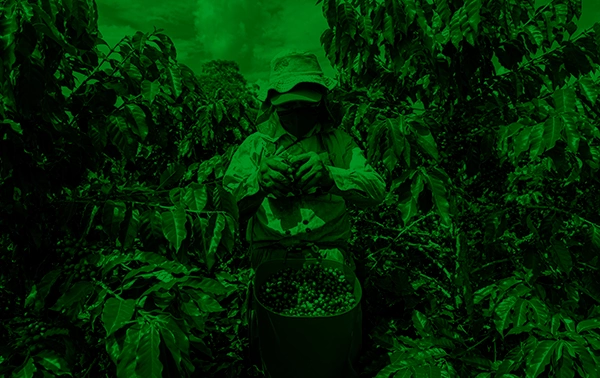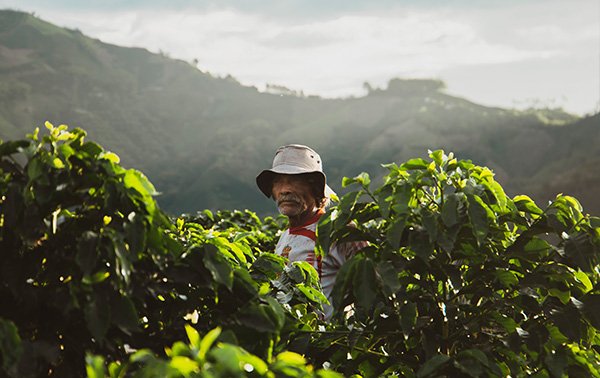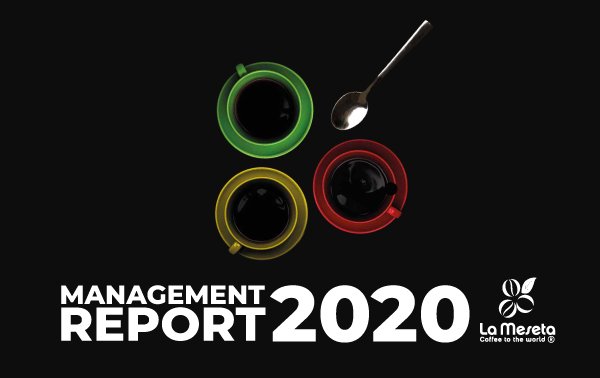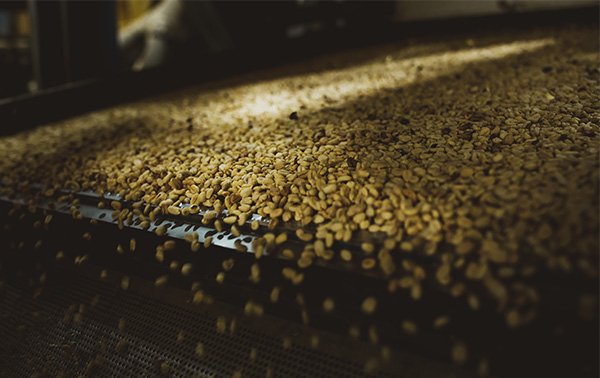
For many people, coffee is just what they drink every morning to start the day or perhaps what they endure long hours of wakefulness with, but I must say that it is much more than that.
Also called Black Gold for being the most traded product worldwide after oil, the most consumed after water, and more importantly, the livelihood of around 500,000 families in our country.
Just as everything good in life begins with something small, so does this beautiful process. The seed is planted in germination beds where only sand is used to support the new coffee seedling or, as we call it, the chapola. This process is key to having a healthy plantation that, on average, will last between 15 and 20 years before a total renewal by sowing to replace the planted material.
Subsequently, the seedling phase comes. The chapola is taken to bags with a mixture of soil and well-decomposed organic matter (3: 1 ratio) for the development of its first stages and thus, take strong material to the open field where it will be permanently transplanted.
Coffee trees take around two years from the germination of the seed to the moment they sprout the first harvest beans; this process is decisive to guarantee quality and an excellent cup that will later be given to the drink consumers.
At harvest time, the selection process is carried out, trying to collect only the ripe cherries, which should have a bright red color or, in some cases, yellow (some varieties ripen in this color). From this moment, we must take care of the entire process to preserve the quality brought from the fields since it is unlikely that we can improve it, but what is certain is that it can easily deteriorate.
The pulping phase is introduced. The coffee husk or pulp is removed, leaving the naked bean covered by mucilage or coffee honey, which can be removed by mechanical means using the demucilaginator or natural processes through the honey’s fermentation mentioned above. The result will be washed or wet coffee that needs to be dried either in the sun (Natural Drying) or in drying silos (Mechanical Drying) by combustion, turning it into Dry Parchment Coffee. It is essential to mention that the maximum temperature for uniform drying in silos is 50 ° C and the grain should be brought to a humidity of between 12 and 10%.
Dried coffee is frequently packed in fique bags that generally weigh 62.5 kilos when transported. Here is a crucial fact because, at some point, we have all heard the term «coffee load,» which is the most used measure to commercialize the bean in our country.
The rural areas of Colombia, in general, have a road infrastructure with many deficiencies, where there are no roads or those that exist are in deplorable condition. It is here where the pack mules that are used to transport the packages of dry coffee in the most rugged terrains appear on the scene. These wonderful specimens have a load capacity of 2 sacs, and that is why the «coffee load» weighs 125 kilograms or ten arrobas.
This fantastic process will continue with the parchment coffee’s threshing, separating the cisco or parchment from the almond. At this point, we have green coffee ready for roasting, grinding, and preparing a spectacular cup of Colombian coffee. At each step of the way, the product must be treated with care to avoid quality deterioration and, in the end, for it to have its characteristic flavors.
For several years now, we have been working with the people who produce the grain to carry out actions that make the business sustainable, but this term is not only about nature; it must be seen much further. We are talking about maintaining economic, environmental, and, not least, social resources so that the activity can continue for a long time.
For this purpose, techniques that aim at sustainable agricultural practices have been developed: minimum tillage, cease the usage of tools such as hoes that cause erosion on cultivated slopes. Promoting the responsible (rational) use of products to control pests and diseases is crucial since the proper handling of pesticides plays a significant role in pest control. However, these products must be used rationally and adequately, and always as a last resort control, given their toxic nature, they constitute a potential danger for human and animal health, and the environment. Other techniques are eliminating open-air burning to prepare the land, caring for water resources with new technologies that help to process the coffee, reducing water pollution and consumption, increasing buffer zones and protecting sources, protecting flora and wildlife, and eliminating practices such as child labor, harassment, and slavery.
Every day we work to change people’s consciences and make of the coffee world a pole of social and economic development in the area.
Juan Ricardo Valencia Castaño
Specialty Coffees Coordinator
